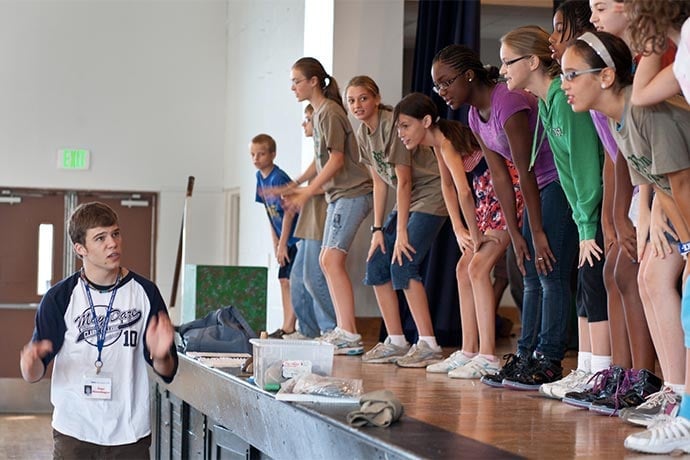Almost all computers have an operating system, also called an OS, to act as a stage on which software applications are run. Common operating systems are Windows, Mac OSX, and Linux.
When you press a button to start your computer, however, the OS is not the first software to run. Your computer hardware must run software to check key parts of the hardware are present and working before the operating system is run. The process of running software to check key parts of your computer is called booting up.
What does an operating system do?
Once your computer checks key parts of your hardware work, the operating system is started so your other software has a platform to work on. If you use an email software program and want to print an email, for example, your computer operating system communicates with your software and a printer to print the email.
Other critical tasks managed by your OS include connecting to the internet or other computers, managing memory used by your software applications, and reading and writing files.
How do operating systems differ from software applications like Microsoft Word?
Your OS provides a platform, really a set of services and capabilities, used by Word and other software application. The OS takes orders from your applications, executes the orders, and returns any messages that result. Microsoft Word is a word processing application that makes it easy to create documents. It does not connect to the internet, for example, or fetch data from computer files. Word does request the operating system fetch files which Word then reads and lets you change. When you save your changes, Word works with your operating system to save your document file.
Can you run a computer without an operating system?
Primitive computers can run without an operating system. However, the basic software that runs when you press a button to start your computer must always check hardware is present and works. Primitive computers might include small devices with sensors and embedded software which are part of the Internet of Things (IoT). However, even these connected devices use small operating systems to handle common tasks needed by software applications in the embedded devices.
Operating systems and software applications exist to handle different kinds of work. Common tasks, for example, managing printers or connectivity, are best handled by one type of software, an operating system, for the benefit of all software applications that run on the computer. Otherwise, every software application would include code to manage printers, in addition to managing print requests. It’s more efficient to have operating systems manage printers for all software applications.
Learn More
Operating System
https://en.wikipedia.org/wiki/Operating_system
http://homepage.cs.uri.edu/faculty/wolfe/book/Readings/Reading07.htm
How to Operate a Computer Without an Operating System
http://programmers.stackexchange.com/questions/249915/how-to-operate-a-computer-without-an-operating-system
http://programmers.stackexchange.com/questions/171127/how-do-operating-systems-run-without-having-an-os-to-run-in

